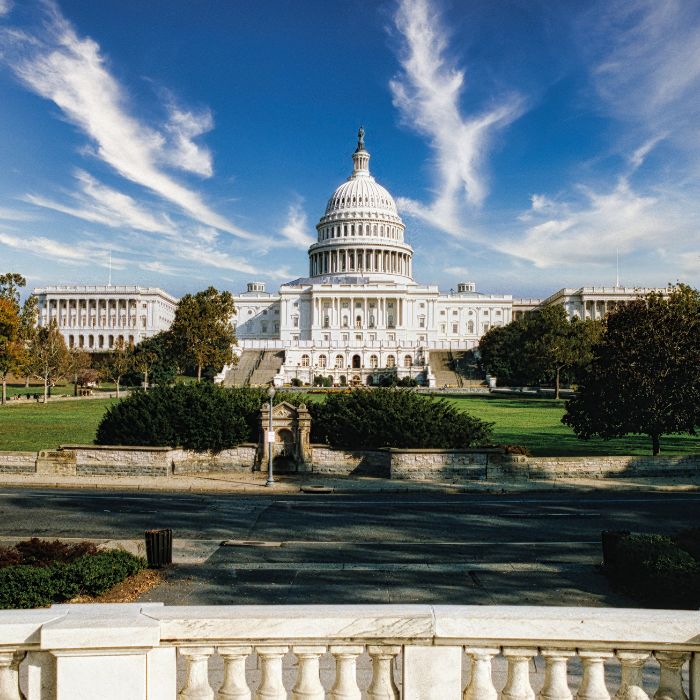Canada: 2025-2027 Immigration Levels Plan Announced
October 25, 2024
At a Glance
- The Minister of Immigration, Refugees and Citizenship Canada has announced the 2025-2027 Immigration Levels Plan, which projects the number of permanent residents Canada plans to admit each year and sets targets for overall admissions per immigration category.
- For the first time, it also includes controlled targets for temporary residents, specifically international students and foreign workers.
- Through its plan, the government is also seeking to strengthen Francophone communities outside of Quebec and ensure the economic prosperity of Francophone minority communities across Canada.
- These announcements are in line with the Canadian government’s aim to reduce demographic pressures from the rapid upscaling of immigration numbers in the country.
The situation
The Minister of Immigration, Refugees and Citizenship Canada has announced the 2025-2027 Immigration Levels Plan, which this time, aims to control foreign population growth in the short term.
For the first time, the levels plan includes targets for temporary residents, specifically international students and foreign workers, as well as for permanent residents.
A closer look
Specific details of the plan include:
| TOPIC | IMPACT |
|
Reducing permanent resident targets over the next three years.
|
|
|
Reducing temporary resident volumes to 5% of Canada’s population by the end of 2026.
|
|
|
Transitioning more temporary residents in Canada to permanent residents.
|
According to the government, these residents (which represent more than 40% of overall permanent resident admissions in 2025), are skilled, educated and integrated into Canadian society and will help support the workforce and economy without placing additional demands on the country’s social services because they are already established in Canada, with housing and employment. Individuals who do not qualify under such categories, especially those residing outside of Canada, may be impacted. |
|
Focus on key labour market sectors such as health and trades.
|
A sustained admission of permanent residents through the economic pathways in sectors with labor shortages will allow businesses to fill labor gaps. Targets for health care and trade occupations, as well as French language proficiency will increase in 2026 and beyond. |
|
Strengthening Francophone communities outside Quebec.
|
The government is seeking to strengthen Francophone communities outside of Quebec and ensure the economic prosperity of Francophone minority communities across Canada. |
Background
- Immigration Levels Plan. The Levels Plan is a projection of how many permanent residents Canada plans to admit each year and sets targets for overall admissions per immigration category. The Minister of Immigration, Refugees and Citizenship must table the Levels Plan in Parliament each year. For the first time, the levels plan also includes controlled targets for temporary residents, specifically international students and foreign workers.
- Emphasis on reducing foreign population growth. The 2025-2027 plan aims to temporarily control immigration growth in Canada to help alleviate pressures on housing, infrastructure and social services and better manage the immigration system. The 2025–2027 Immigration Levels Plan is expected to result in a marginal population decline of 0.2% in both 2025 and 2026 before returning to a population growth of 0.8% in 2027. During the past year, the government has been continuously implementing measures to manage the volume of temporary residents, including reforms to the international student program, tightening eligibility requirements for temporary foreign workers, post-graduation work permits and intra company transferees, among others, which is reflected in the targets.
Looking ahead
As Canada will hold a federal election in the upcoming months, there may be further changes announced in the future should the government’s intended recalibration of the immigration programs not achieve its goals.
As the Levels Plan is woven into the overall immigration ecosystem, we are closely monitoring whether the reduction in targets will impact the already strained inland refugee claims process, as well as the processing of humanitarian and compassionate-based applications, either of which could also lead to elongated inland processing times.
Fragomen will continue reporting on relevant developments.
This alert is for informational purposes only. If you have any questions, please contact the global immigration professional with whom you work at Fragomen.














